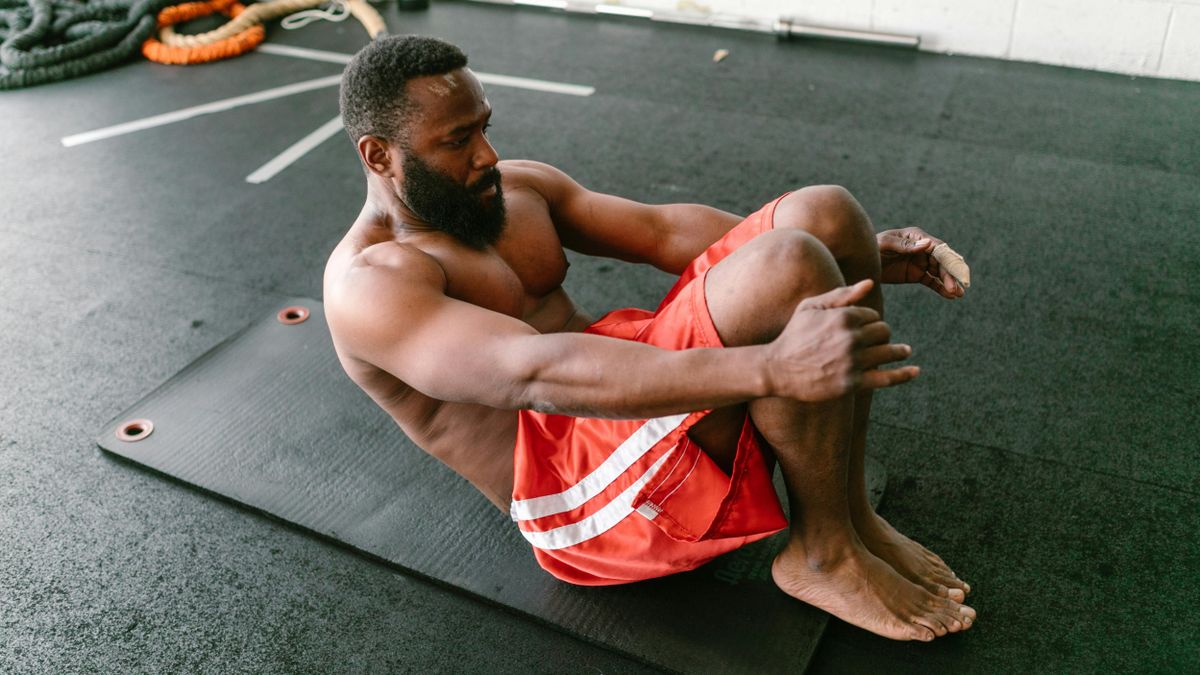Testosterone and longevity: how hormone levels impact our quality and length of life

Testosterone is often seen as a symbol of masculinity, strength, and vitality. But what if I told you that this hormone also plays a crucial role for longevity in men?
Indeed, low levels of testosterone were linked to a shorter life span, in a recent study (1). And, as we age, the apparent effects of testosterone on our health, mood, and well-being become even more significant.
In the following, we will explore how testosterone influences longevity and what you can do to optimize your hormone levels for a longer, healthier life.
What is testosterone and why does it matter?
Testosterone is a vital hormone for both men and women. It is primarily produced in the testes in men, in the ovaries in women, and in the adrenal gland in both sexes. It’s crucial for muscle growth, bone density, libido, and the regulation of mood. But beyond these commonly known roles, testosterone also affects cognitive function, cardiovascular health, and metabolic processes, all of which are key players in how “well” we age.
As men reach their 30s, testosterone levels begin to decline, typically by about 1% each year (2). While subtle at first, this decline can significantly affect health, leading to decreased energy, loss of muscle mass, mood fluctuations, and reduced libido. This is especially concerning given that up to 40% of men today are affected by testosterone deficiency (3).
On the other hand, maintaining optimal testosterone levels has been associated with both a longer lifespan and an extended health span - that is, the number of years lived in good health (4,5). Over the past years, we have worked closely with hundreds of men to optimize their hormone levels, and the impact on key longevity markers has been strikingly clear. Let me explain in more detail:
The connection between testosterone and longevity
Testosterone’s influence on bodily functions has been extensively studied, and several key findings highlight its critical role in longevity:
- Muscle mass and metabolism: Testosterone plays a direct role in building and maintaining muscle mass. As we age, muscle loss accelerates, contributing to frailty and a decrease in overall vitality. Testosterone helps prevent this by promoting muscle protein synthesis and supporting metabolic function. This is particularly important because muscle mass is not only a sign of strength but also a key factor in metabolic health and weight management.
- Cardiovascular health: Testosterone also plays a crucial role in cardiovascular health. Research suggests that optimal testosterone levels help maintain healthy cholesterol levels, improve blood circulation, and even promote the production of red blood cells. Low testosterone has been associated with a higher risk of cardiovascular disease. The aforementioned recent Australian study involving nearly 25,000 men further reinforced this link, directly connecting testosterone deficiency to increased cardiovascular mortality (1).
- Bone health: Osteoporosis is an often overlooked condition in men. The disease is closely associated with aging, however the role of testosterone in the development of the disease is frequently underestimated. Testosterone is being aromatized to estrogen, which has a significant impact on bone density. Studies show that men with low testosterone levels tend to have lower bone mineral density and a higher risk of fractures. Ensuring adequate testosterone levels can thus help maintain bone health, reducing the risk of falls and fractures as we age.
- Mental health and cognitive function: Testosterone isn’t just about physical health, it also affects your mental well-being. Low levels of testosterone have been linked to depression, fatigue, and cognitive decline. On the other hand, maintaining healthy testosterone levels can improve mood, cognitive function, and overall mental clarity, helping you stay sharp well into your later years. Many of our patients report symptoms like brain fog and difficulty concentrating, which often disappear once hormonal imbalances are corrected.
The downside of low testosterone
Testosterone deficiency is no longer just a condition of aging men. Today, around 20% of young men suffer from low testosterone levels, and research suggests that this trend is continuing to worsen (6). The symptoms can be wide-ranging and often impact daily life. Common complaints include:
- Decreased energy and motivation
- Lower libido and sexual dysfunction
- Increased body fat and decreased muscle mass
- Poor mood, irritability, and even depression
- Difficulty concentrating or memory problems
These symptoms not only affect quality of life but can also contribute to other health issues like obesity, diabetes, and cardiovascular disease—a well-published phenomenon. Recognizing the signs of low testosterone and addressing them early can significantly improve overall well-being.
How to optimize testosterone naturally
Fortunately, there are several effective ways to naturally optimize testosterone levels, supporting both health and longevity. Interestingly, the typical age-related decline (starting in the 30s for most men) is often not observed in those who maintain a healthy lifestyle and remain free from chronic diseases. To my knowledge, the most powerful strategies to sustain optimal testosterone levels include:
- Regular exercise: Physical activity is one of the most effective ways to ensure healthy testosterone levels. Strength training, high-intensity interval training, and aerobic exercises can all increase testosterone production. Regular exercise also helps maintain muscle mass, supports cardiovascular health, and improves metabolic function.
- Nutrient-rich diet: A healthy diet rich in essential nutrients is crucial for maintaining healthy testosterone levels. Foods high in zinc (like pumpkin seeds and lean meats), vitamin D (such as fatty fish and eggs), and healthy fats (like avocados and olive oil) support hormone production. Avoiding excessive sugar and processed foods can also help maintain stable testosterone levels.
- Sleep hygiene: Sleep is a powerful tool in hormone regulation. Testosterone production peaks during deep sleep, so it’s essential to prioritize quality rest. Aim for 7–9 hours of sleep each night, and ensure your sleep environment is conducive to deep, uninterrupted rest (i.e., keep it cool and dark).
- Manage stress: Chronic stress can significantly affect testosterone levels by increasing cortisol, a hormone that negatively impacts testosterone. Managing stress through practices like meditation, yoga, mindfulness, and sports can help lower cortisol levels and support healthy testosterone production.
When to consider medical intervention
While natural methods can help optimize testosterone levels, some men may need medical intervention. Testosterone replacement therapy (TRT) is a treatment option for those with significantly low testosterone levels, particularly when lifestyle changes are insufficient. TRT can improve energy, mood, and physical health by restoring testosterone to normal levels. Over the years, I have been truly fascinated by the profound impact it can have on men, often transforming their vitality, confidence, and overall well-being.
However, it’s important to approach TRT with caution, as it comes with potential side effects, including benign prostate enlargement, mood swings, and increase in red blood cells. It’s essential to work closely with a healthcare provider to assess whether a TRT is appropriate for you, taking into account your individual health conditions and goals.
Finding balance
Through our work with hundreds of men, I have witnessed firsthand the profound impact that testosterone optimization can have, not just on energy, mood, and strength. I truly believe that testosterone plays a crucial role in how well we age, and there is much to be learned from its effects on long-term health. By maintaining optimal testosterone levels through natural lifestyle changes, you can significantly enhance your quality of life and potentially extend your health span. However, it’s essential to approach testosterone optimization with balance—too little can be detrimental, but too much can also have negative effects.
In the end, maintaining healthy testosterone levels is just one piece of the longevity puzzle. A holistic approach that includes regular exercise, a nutrient-rich diet, stress management, and quality sleep is, in my view, the key to living a long, strong, and fulfilling life.
References
Author: Jonathan Apasu
Doctor, start-up founder, and advocate for holistic health. At Adon Health, I focus on advancing men’s health through innovative, evidence-based approaches to support longevity and performance. Health and sports are central to my life, from playing basketball at highest levels in the past, to practicing Brazilian Jiu-Jitsu and strength training. I combine medicine, entrepreneurship, and athletic values to inspire men to optimize their health.




